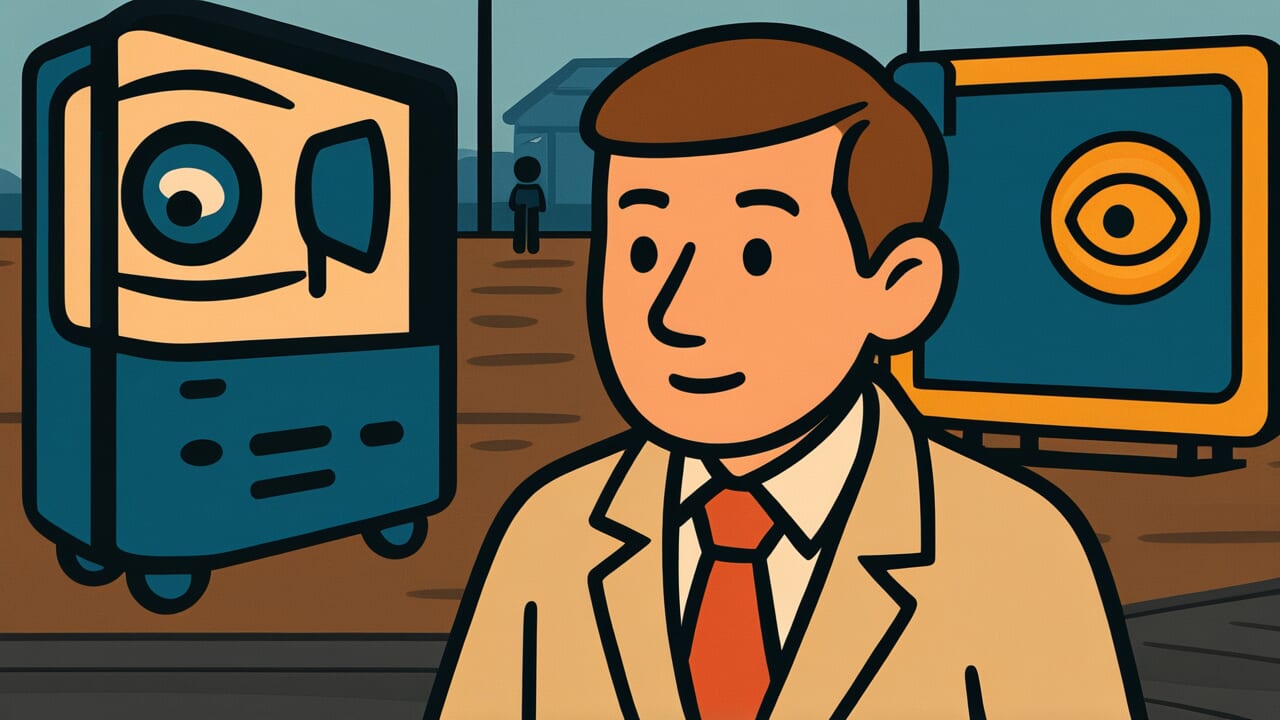How to Read “seeing is believing”
Seeing is believing
[SEE-ing iz bih-LEEV-ing]
This phrase uses common English words that are easy to pronounce.
Meaning of “seeing is believing”
Simply put, this proverb means that witnessing something with your own eyes is more convincing than just hearing about it.
The literal words tell us that the act of seeing leads to believing. When we observe something directly, we trust it more than secondhand information. This wisdom recognizes that our eyes give us confidence in what’s real. People naturally doubt stories they haven’t witnessed themselves.
We use this saying when someone seems skeptical about claims or promises. If a friend doubts that you can juggle, you might say “seeing is believing” before demonstrating. When people question whether a new restaurant is really that good, they often need to try it themselves. The phrase acknowledges that doubt is natural and reasonable.
What’s interesting about this wisdom is how it reflects human nature. We evolved to trust our senses, especially sight, as survival tools. Even in our modern world, we still feel more certain about things we’ve personally experienced. This explains why testimonials work better when they include photos, and why “show, don’t tell” remains powerful advice.
Origin and Etymology
The exact origin of this phrase is unknown, though similar ideas appear in ancient texts. The concept that direct observation trumps hearsay has existed across many cultures for centuries. Early versions focused on the reliability of eyewitness accounts versus rumors or stories.
During medieval times, when most people couldn’t read and information traveled slowly, distinguishing reliable sources became crucial. People learned to be cautious about accepting claims without proof. This practical wisdom helped communities avoid being misled by false reports about everything from weather to warfare.
The modern English phrase “seeing is believing” became popular during the 1600s and 1700s. As trade expanded and people encountered more strangers making various claims, the saying spread naturally. It captured a universal truth that people already understood from daily experience. The phrase has remained largely unchanged because its message stays relevant across different eras.
Interesting Facts
The phrase follows a simple grammatical pattern called a gerund construction, where “seeing” and “believing” both function as nouns. This structure makes the saying easy to remember and repeat. Many English proverbs use this same pattern because it creates a rhythmic, memorable quality that helps ideas stick in our minds.
Usage Examples
- Mechanic to customer: “I know the repair sounds expensive, but let me show you the damaged parts – seeing is believing.”
- Teacher to student: “You think the experiment won’t work, but wait until we mix these chemicals – seeing is believing.”
Universal Wisdom
This proverb reveals a fundamental tension in human psychology between trust and skepticism. Our brains constantly evaluate information, weighing what we should believe against what might deceive us. Throughout history, survival often depended on accurately distinguishing truth from fiction, real threats from false alarms.
The emphasis on sight reflects how our species evolved. Vision became our dominant sense because it provided detailed, immediate information about our environment. We developed sophisticated neural pathways that process visual data quickly and reliably. This biological inheritance makes us naturally more confident in what we see than what we merely hear about.
Yet this wisdom also acknowledges our social nature and its complications. We live in communities where we must constantly decide whether to trust others’ reports and claims. The proverb doesn’t reject all secondhand information, but it recognizes our instinctive preference for direct evidence. This creates a healthy skepticism that protects us from manipulation while still allowing cooperation. The saying captures why humans developed both the ability to share information and the wisdom to verify it when possible.
When AI Hears This
Humans treat their eyes like the boss of all senses. When sight disagrees with hearing or touch, vision usually wins. People ignore their gut feelings when their eyes show something different. This creates a hidden ranking system where one sense rules over others. Most people never realize they live in this visual dictatorship.
This sensory hierarchy exists because survival once depended on spotting distant threats. Eyes could detect danger from far away better than other senses. Over thousands of years, brains learned to trust vision first. But modern life rarely involves distant predators or obvious visual dangers. The old system now causes people to miss important non-visual information daily.
What fascinates me is how this bias actually protects humans from overthinking. Trusting one dominant sense creates faster decisions than weighing all senses equally. People would freeze up if they had to balance every sensory input perfectly. The visual shortcut lets humans act quickly in uncertain situations. Sometimes being slightly wrong but decisive beats being perfectly informed but paralyzed.
Lessons for Today
Living with this wisdom means developing a balanced approach to evidence and trust. In personal decisions, it suggests the value of direct experience over others’ opinions. Rather than relying solely on reviews or recommendations, we benefit from testing things ourselves when stakes matter. This doesn’t mean rejecting all advice, but recognizing that personal experience often provides the clearest guidance.
In relationships, this principle helps us navigate the difference between promises and actions. People naturally prove their character through consistent behavior rather than words alone. Understanding this can prevent disappointment while encouraging us to demonstrate our own reliability through actions. It also reminds us that others may need to see our consistency before fully trusting us.
The challenge lies in applying this wisdom practically, since we cannot personally verify everything. Modern life requires accepting some information on faith, from scientific findings to news reports. The key insight is knowing when direct observation matters most and when we can reasonably rely on trusted sources. This wisdom encourages healthy skepticism without paralyzing doubt, helping us make better decisions while remaining open to learning from others’ experiences.



Comments